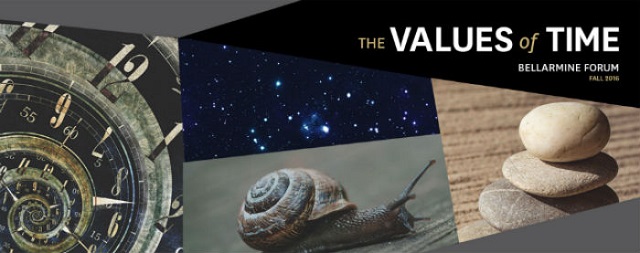
Slow Time Zone: The Displacement Garden
Located at The Burns Fine Arts Complex
Designed by Richard Turner and Paul Harris
Created with Gabions, concrete rubbie, concrete poetry, stones
A closed surplus space known as The Elephant Cage is displaced by an open meditative refuge. The Displacement Garden, defined by a dynamic tension between volumes and voids similar to sarensui (dry landscape) Zen rock gardens, invites visitors to sit and gaze in peace or practice contemplative stone stacking.
Enter and walk through the space slowly. Note how the space changes as you move through it.
Contemplate the words mounted on the walls and their relationship to the space.
Once seated on the bench, consider the blue-black rocks as a field and notice the displacement between volume (cube) and void (pavers).
Handle the stones in the sand and note the textures and patterns and materials in them. Imagine processes that may have formed them. Slow your mind to think about deep time, the time of the earth, in which humans are a recent event.
Play with balancing stones in stacks. Stone stacking is an ancient meditative practice linking material and spiritual dimensions. In some traditions, stone stacking is a form of worship or expressing gratitude. In others, stacking stones expresses wishes for good fortune for oneself and one's family; each stone may represent a wish, thought, or family member.
For more information visit Slowstones.com, an LMU student run website



